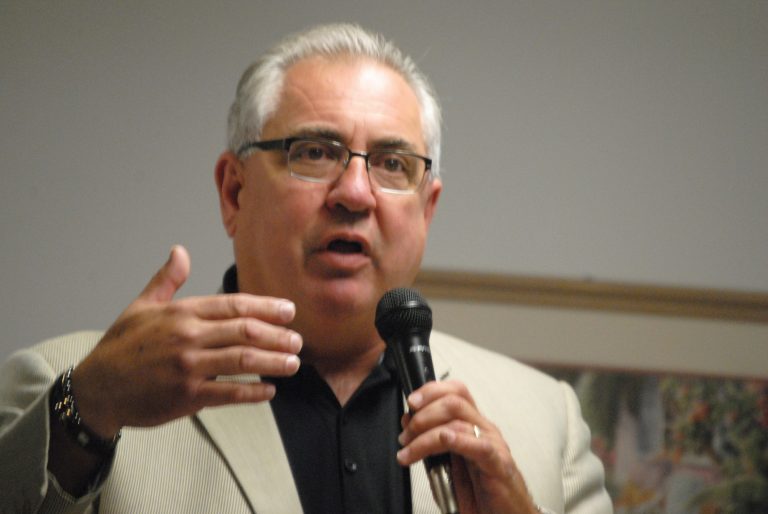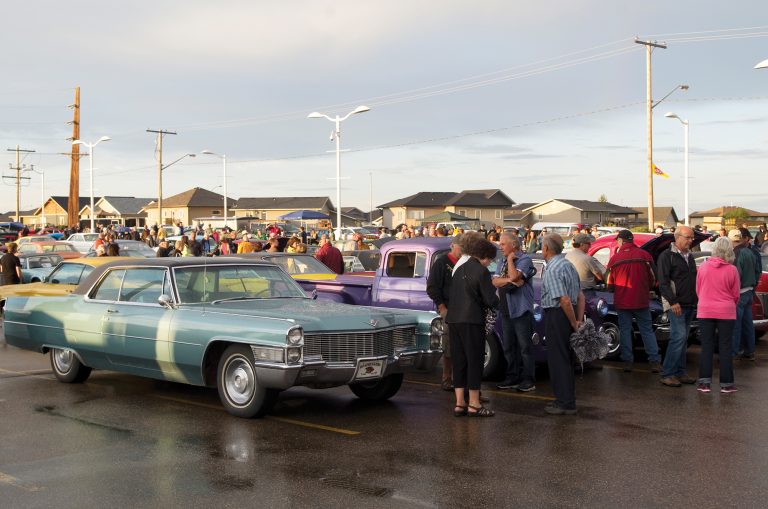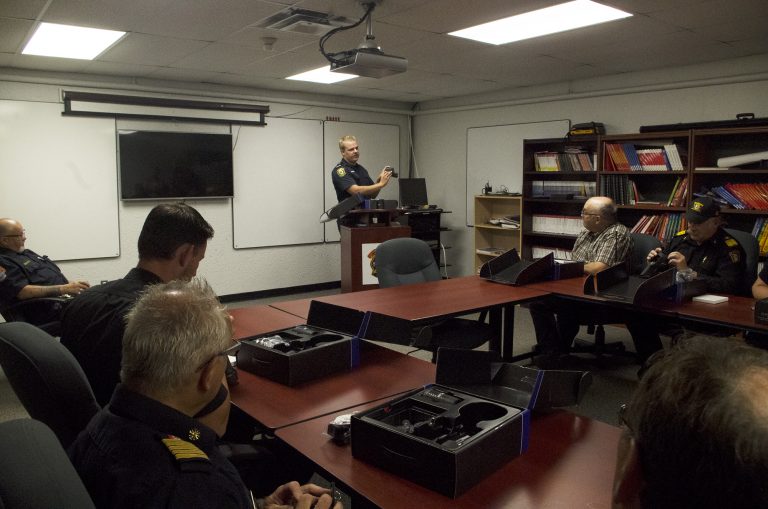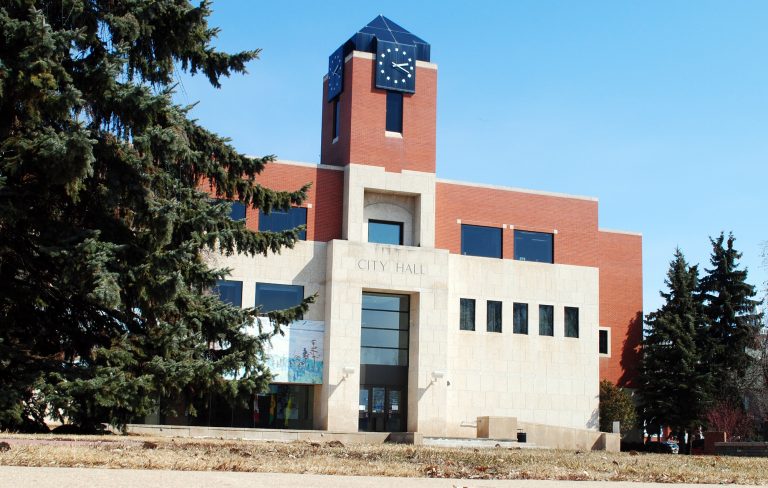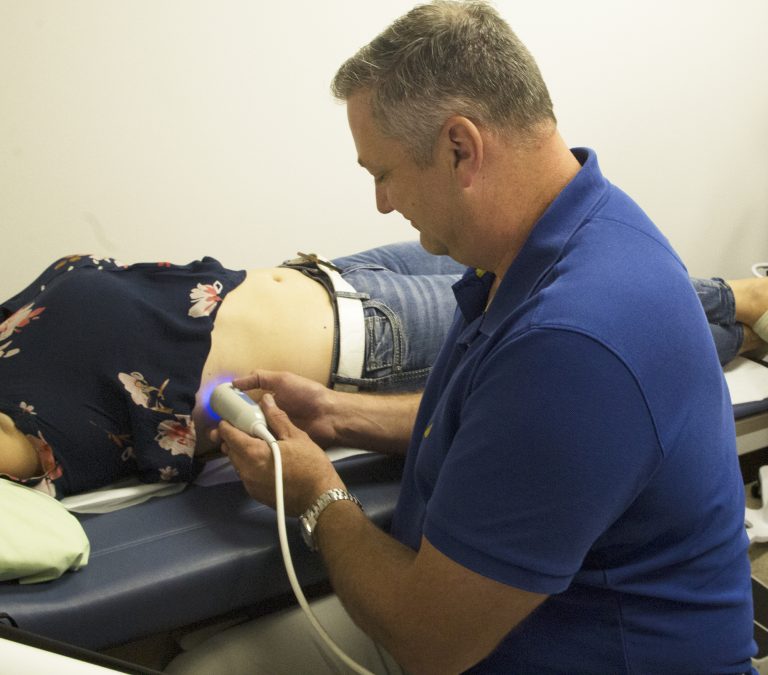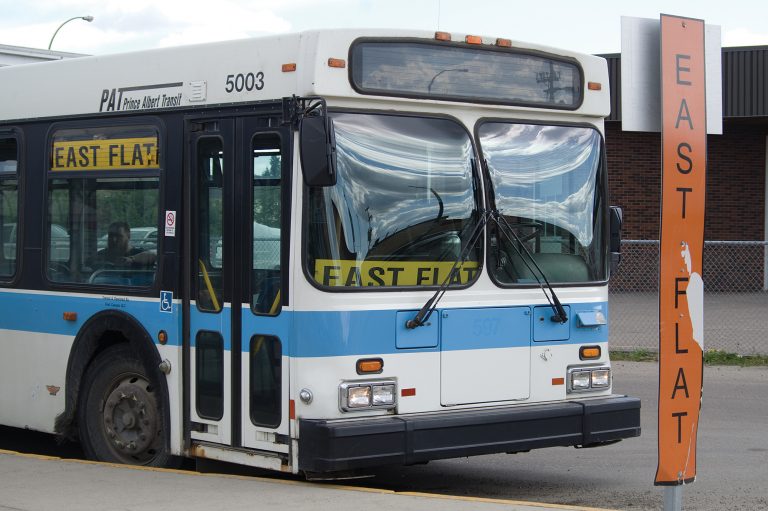After nearly two decades in Saskatchewan politics, and 10 years as leader, Saskatchewan Premier Brad Wall is stepping down.
Wall made the announcement in a short video posted on his Facebook page Thursday morning. In it, he said he discussed the issue with his wife, and agreed it was time to retire after a decade as the province’s leader.
“I always thought that the 10-year mark, should I be so fortunate to serve that long, might be the right time to re-evaluate,” Wall said in the video. “Together with Tami, I have decided that now is the time for renewal, for my party, for the government, for the province. It’s time for me to retire from politics, and so I have asked the Saskatchewan Party to begin the process of electing a new leader who will become the next premier.”
Wall will continue to serve as premier until a new party leader is elected.
In a press conference Thursday morning, Wall said it was an honour to serve as premier, but added that the party and the province would benefit from fresh leadership.
“I think, if you’re going to have a different individual, or a different man or a different women involved in this job, there’s going to be a different perspective, and that will be healthy.”
Wall added that he wants to see the government continue to focus on economic growth, which he called their “north star.” He also wants to see more done for Saskatchewan’s First Nations population, especially in the areas of growth or employment.
“There have been improvements, but I’d say that’s fair (to say), that there has not been enough progress that I could point to with satisfaction,” Wall said. “There is more work that needs to be done.”
As for his future, Wall clarified that he’s retiring from politics in general, not just in Saskatchewan. He has some ideas about what to do next, but nothing concrete.
“I don’t have immediate prospects, but there are some things I’d be interested in doing. I’ll keep my own council on those for now.”
Wall was born and raised in Swift Current, and was first elected to the legislature in 1999. He replaced Elwin Hermanson as leader of the Saskatchewan Party in 2004, and was elected premier in 2007. Under Wall’s leadership, the party won majority governments in 2007, 2011 and 2016. He was constantly ranked as one of Canada’s most popular premiers.
During his time in office, Saskatchewan’s population hit the 1 million mark for the first time since 1986. That growth and retention is something Wall says he’s most proud of about his time as premier. He also said he’s proud of the province’s higher credit rating, improved GDP-to-debt ration and increased trade relations.
However, the Wall government also hit some rough waters, most recently surrounding the last budget. The Saskatchewan Party was criticized for ending STC bus service, and for cutting funds to the province’s libraries. The government eventually reversed the library cuts decision.
When asked about the financial condition he’s leaving the province in, Wall dismissed comparisons to the Grant Divine government and said he’s confident things are better now than they were 10 years ago.
“Do I wish the budget was balanced, yes, of course, and we’re going to get there. You’re going to hear from the finance minister that our three year plan to get back to balance is on track, and that will be very important for me,” Wall explained. “I’ll know, when that happens, that the plan started when I was still part of the team, and I’ll be grateful for that.”
Messages from Wall’s fellow politicians poured in following his decision to step down.
Prime Minster Justin Trudeau tweeted “Thanks … for your years of service and work for the province and people of Saskatchewan. All the best in your retirement.”
Federal Conservative leader Andrew Scheer also thanked Wall for his service, and called the departing premier a “powerful voice for Saskatchewan (and) a leader on the national stage.”
Saskatchewan NDP interim leader Nicole Sarauer tweeted, “I want to thank Premier Wall for his decades of service to Saskatchewan. Politics aside, it’s a tough job.”
Electing a new leader
Premier Brad Wall says he will stay on until a new leader is chosen, and that process is set to begin in the next few weeks.
According to a media release sent on Thursday, the Saskatchewan Party provincial council will meet within the next 30 days to decide on a convention date and location, nomination filing fees, membership sales deadlines and campaign expense limits. Further leadership campaign rules and the name of the campaign’s chief electoral officer will be publicly released afterwards.
The new leader will be chosen in a one-member, one-vote election.
@kerr_jas • jason.kerr@paherald.sk.ca


